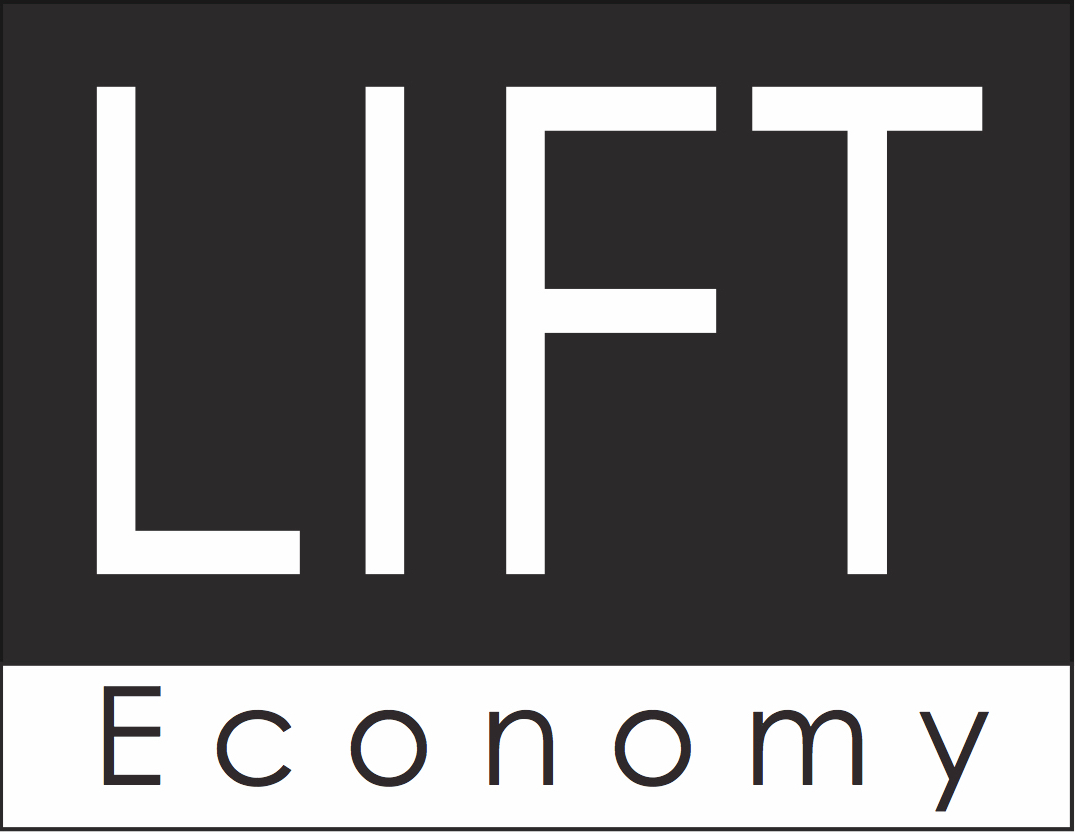This article continues the “Walking the Talk” series exploring what it means to truly embody B Corp values. Part 1 focused on Leadership Commitment—the foundation for everything that follows. Part 2 turns to Strategic Integration, the process of embedding B Corp principles into strategy, budgets, incentives, and leadership priorities so that values are not a parallel initiative but the framework that guides every decision.
Strategic Integration is the second dimension in the LIFT B Corp Values Embodiment Assessment. In this section, participants reflect on questions such as:
Are B Corp principles built into our company’s strategy and performance indicators?
Does our budget include clear resources for environmental, social, or equity goals?
Are leadership incentives tied to values-aligned outcomes, not just financial ones?
Do we regularly assess major decisions through a stakeholder lens?
Are long-term strategic goals guided by both mission and profit?
These prompts are not about compliance. They reveal whether purpose is embedded in the organization’s structure or remains something leaders talk about but do not operationalize.
Why Strategic Integration Matters
When B Corp values are missing from strategic and financial planning, good intentions can quietly erode under short-term pressures. Without formal alignment, purpose work risks becoming side projects dependent on individual enthusiasm rather than company design.
Strategic Integration ensures that values inform how success is defined, how money is spent, and how performance is measured. It translates moral commitment into measurable action. A company that integrates its values strategically does not balance purpose against profit—it understands them as interdependent.
What Strategic Integration Looks Like in Practice
Organizations that demonstrate strong integration consistently show the following traits:
Impact goals are woven into strategic plans and reviewed alongside revenue and profit targets.
Budgets include recurring allocations for sustainability, equity, or community programs.
Compensation and bonuses reflect progress on values-driven objectives.
Decision-making frameworks explicitly consider stakeholder impacts.
Progress toward social and environmental outcomes is reviewed regularly with the same rigor as financial metrics.
These practices make B Corp values a living part of how the organization plans, prioritizes, and measures performance.
Common Challenges and Pitfalls
Many companies with genuine intent struggle to move from rhetoric to integration. Common barriers include things like treating impact goals as separate from business strategy; underfunding purpose initiatives; setting qualitative goals without measurable targets; maintaining incentives focused solely on profit or growth; failing to revisit and refine goals as circumstances change.
These gaps make it difficult to hold the organization accountable and often lead to disconnection between leadership messaging and operational reality.
Strengthening Strategic Integration
Using the B Corp Values Assessment as a guide, companies can strengthen integration by following several practical steps.
Review your baseline results in Section 2 of the Free B Corp Embodiment Assessment to identify where strategy and resource allocation already align with B Corp values and where they do not.
Translate values into specific, measurable objectives with clear owners and timelines.
Integrate impact metrics into your strategic and budgeting cycles so they are reviewed consistently.
Tie compensation and recognition to both performance and purpose.
Fund your commitments. Allocate dedicated resources rather than relying on discretionary spending.
Revisit goals annually to ensure that priorities and incentives continue to support your mission.
Over time, these steps turn purpose alignment into a repeatable management discipline rather than an aspirational statement.
Example in Practice
King Arthur Baking Company, a 100 percent employee-owned B Corp, offers a strong example of integration. Ownership itself is a structural expression of values, giving employees a voice in governance and aligning financial outcomes with community and environmental commitments. Each year, strategic and operational goals are developed through a participatory process that balances profit, mission, and stakeholder well-being.
Reflection Questions for Leadership Teams
How well do our strategy and budget reflect our stated values?
Are incentives and performance reviews connected to impact outcomes?
Do we consider stakeholder impacts before major decisions?
How do we handle trade-offs between profit and purpose?
What systems ensure that our values remain visible and actionable year to year?
The Road Ahead
Strategic Integration is the point where vision becomes structure. It gives purpose an operating system and ensures that leadership commitment translates into action. Early-stage companies may begin by setting one or two measurable impact goals. More mature organizations establish systems where budgets, incentives, and governance consistently reflect their mission.
Wherever your organization begins, remember that if it is not part of the strategy or the budget, it is not yet a priority.
Part 3 of this series will focus on Values-Aligned Roles—how every position in the company can contribute to mission and impact, making embodiment everyone’s responsibility.
Questions? Curious to learn more? Here are some resources our team has put together for you:
You can also contact us directly by filling out the form below:

